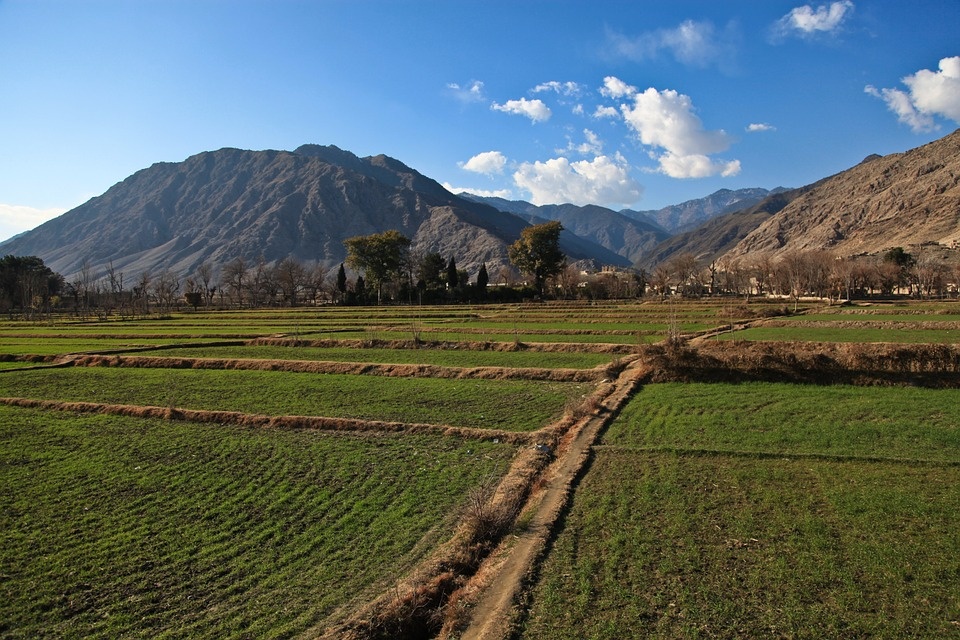Work Package 2.2

About:
This WP will conduct on-farm testing of promising options working with villages to consider profitability, yield, ease and social acceptability in the context of whole-farm NUE. A special focus on dung/urine recovery will draw on learning from the NEWS pilot in Haryana (with potential recycling benefits >$5B / year across SA). Co-design among partners has established a network of 12 study villages across SA. Ongoing partnership development in MLD and BTN will extend this to all 8 countries. A social survey will consider issues of barriers, willingness and interactions with both human and animal health. Systems modelling will be used to simulate changes in resources in the study farms to determine options for best use of resources, scale household results to the village and propose options for best use of resources in different contexts. Simulations of use and losses of N and C will be evaluated based on the ORATOR model (Operational Research Assessment Tool for Organic Resources, Univ. Aberdeen), designed to account for the impact of different uses of farm resources on soil organic matter, crop production, animal production, water use, fuel availability, on and off-farm labour, and farm income and expenditure. The approach will allow simulation of resilience to drought/floods and the impact of changes in N management on resilience.
Work package level Specific objectives
- Identify the main losses of N from farms and villages (N fluxes).
- Develop methods to reduce N losses.
- Quantify the impacts of reducing N losses on available resources (carbon (C), nitrogen (N), phosphorus (P), potassium (K), water, energy, labour, finances), environment (soil, water and atmosphere), health (crop, animal, human), and income (farm, village, regional, national).
Work package level-specific questions or hypotheses
- What are the N based materials that can be used to replace nitrogenous fertilizers in each village surveyed?
- What are the hotspots of N loss in the village?
- What methodologies/management practices are needed to use alternative N sources in order to reduce emissions and increase availability in different farming systems.
- What are the changes in C, N, water, energy, labour, pathogens and financial balance with the implementation of this change?
- What are the potential increases in yield and profit for the farmer?
- How can nitrogen use efficiency (NUE) be improved within the village in different farming systems and for different sizes/wealth classes of household and to reduce the damaging impacts of N and increase benefits (in terms of total recovery at household and village scale, agronomic and physiological efficiencies)?
- What are the barriers to adoption and scope for technologies to improve N use efficiency (NUE) in the village?
Work Package Leads:
- Smith (UoA)
- Bandyopadhyay (IARI)
Partners:
- CEH
- University of Edinburgh
- SRUC
- Rothamsted Research
- University of Kabul
- BRRI
- University of Rajshahi
- University of Perideniya
- IARI
- BSMRAU
- University of Faisalabad
- NRRI
- IAAS
- University of Aberdeen
- Moredun
- KIIT
- CFA
